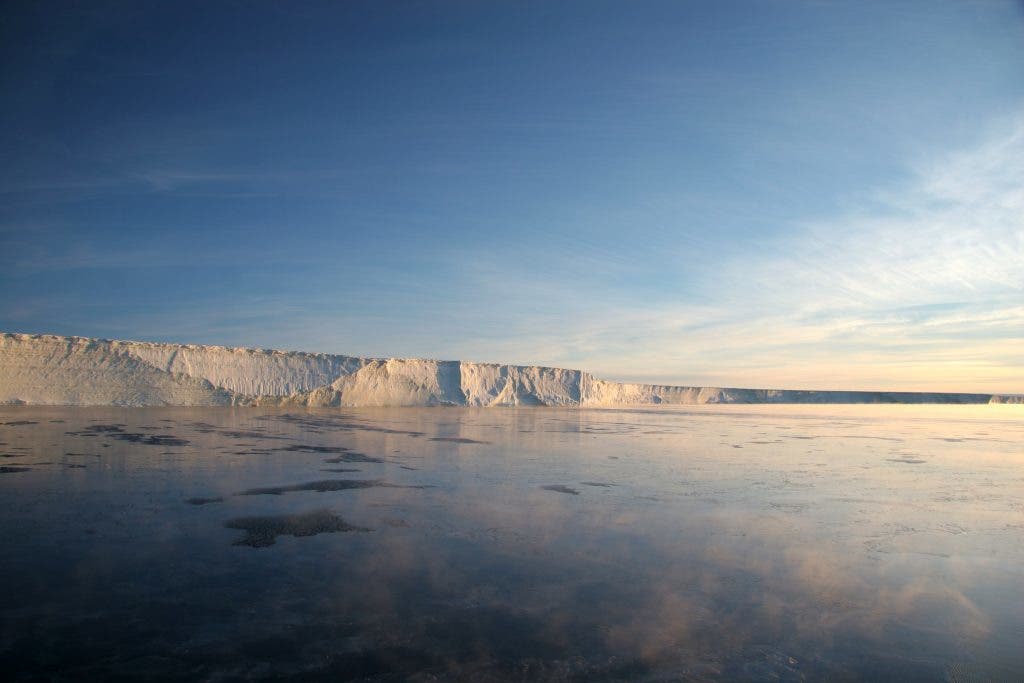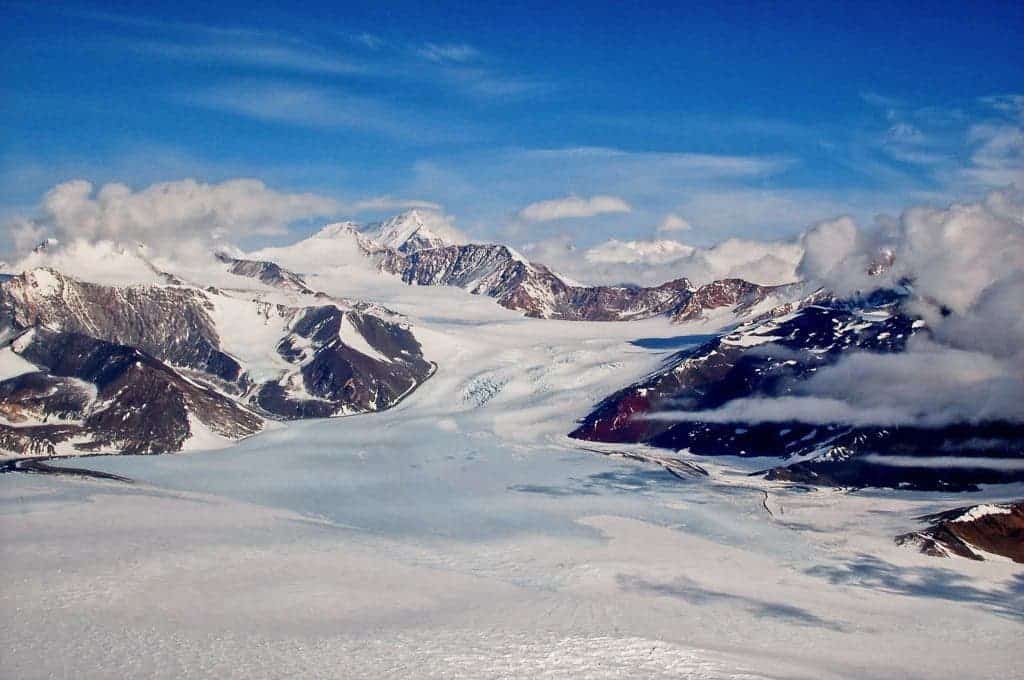The melting of the Arctic and Greenland ice sheets have long been known to be caused by climate change. Now, two new papers conclude that the effects of this melting have been overestimated: they may cause much less sea rise and climate shifts than we thought. However, ice will continue to melt at an accelerated rate, causing even more global warming.

Image credits: Mark Brandon.
While some media and politicians are still debating whether climate change is happening and what its causes are, the science is very clear on this: climate change is happening, and we are causing it. Moderate estimates find that temperatures will rise by 3-4 degrees Celsius by the end of the century, and we are already feeling the effects.
However, the details of this warming are still being analyzed. For instance, we know that melting ice sheets will accelerate global warming largely due to the albedo effect: ice and snow are white and they reflect much of the Sun’s energy. When they melt, they leave behind something darker, which will absorb more solar energy and exacerbate the warming.
However, it’s still not clear just how much this accelerated melting will contribute to sea level rise. Two papers shed some new light on this phenomenon, concluding that things are (surprisingly) a bit better than we anticipated.
In the first paper, Nicholas Golledge and colleagues use satellite measurements of recent ice-mass changes to refine simulations of the melting Antarctic and Greenland ice sheets and their potential impacts. Their models suggest that the melted ice will form a freshwater lens on the surface, allowing rising water to spread out, causing further melting of ice underwater and furthering overall melting. However, even with this effect, we might not see the sea level rise all that much worldwide — contradicting some predictions from 2016, which claimed that this type of cliff collapse could add more than a meter to rising seas by 2100.

The reason for this contradiction is connected to ice collapse. Most previous studies analyzing sea level rise used ice-cliff collapses to explain the observed measurements. However, when Golledge and colleagues looked at ice-losses 3 million years ago, 125,000 years ago, and over the last 25 years in more detail, they found that the results can be explained without the need for such collapses. So it’s not clear if or how such collapses should be included in future predictions. Dr. Tamsin Edwards, Lecturer in Physical Geography at King’s College London who led the work, says:
‘We’ve shown that ice-cliff instability doesn’t appear to be an essential mechanism in reproducing past sea level changes and so this suggests ‘the jury’s still out’ when it comes to including it in future predictions. Even if we do include ice-cliff instability, our more thorough assessment shows that the most likely contribution to sea level rise would be less than half a metre by 2100.’
In the second paper, Associate Professor Nick Golledge from Victoria University of Wellington and colleagues including Dr. Edwards report that current climate models do not consider the full effect of melting ice sheets in Greenland and Antarctica.
Essentially, melting will slow the Atlantic ocean circulation, trapping warm water below the surface in the southern hemisphere and hereby causing more Antarctic loss. This also increases temperatures variability, resulting in more frequent extreme weather events. Golledge comments:
“Melt from these ice sheets is going to significantly disrupt the global climate making temperatures in some areas vary much more from one year to the next. This unpredictability is going to prove extremely disruptive for all of us, and will make adaptation and planning much more difficult.”
So while both papers suggest that sea level rise won’t be as dramatic as some models predicted, it’s quite likely that ice will melt at an accelerated rate, with severe consequences worldwide. It’s yet another reminder that climate change has diverse and often unpredictable effects.
Journal References:
- “Global environmental consequences of twenty-first-century ice-sheet melt,” by Golledge et al. DOI
10.1038/s41586-019-0889-9. - “Revisiting Antarctic ice loss due to marine ice-cliff instability,” by Edwards et al. DOI 10.1038/s41586-019-0901-4


